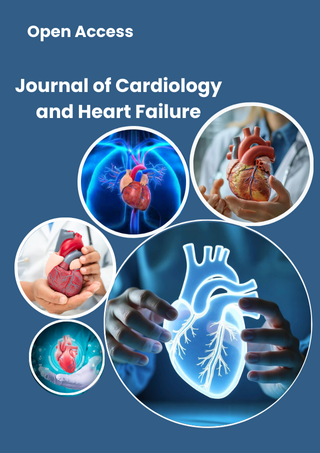Valvular Heart Disease
Valvular Heart Disease involves dysfunction of one or more of the heart’s four valves—mitral, aortic, tricuspid, and pulmonary—leading to stenosis (narrowing) or regurgitation (leakage). Common causes include degenerative changes, rheumatic heart disease, congenital abnormalities, infective endocarditis, and calcific aortic stenosis. Symptoms may include fatigue, breathlessness, chest pain, and syncope. Diagnosis relies on echocardiography, cardiac MRI, and cardiac catheterization. Management strategies vary from medical therapy to surgical valve repair or replacement, and increasingly, transcatheter interventions such as TAVR (Transcatheter Aortic Valve Replacement) and TEER (Transcatheter Edge-to-Edge Repair). Advances in imaging, biomaterials, and minimally invasive techniques have significantly improved patient outcomes. Research continues to focus on valve durability, patient-specific therapies, and long-term management. Timely detection and intervention are critical to preserving cardiac function and improving survival.
Article Processing Timeline
| 2-5 Days | Initial Quality & Plagiarism Check |
| 15 Days |
Peer Review Feedback |
| 85% | Acceptance Rate (after peer review) |
| 30-45 Days | Total article processing time |
Indexed In
ResearchBib
Sindexs
OAJI
DOAJ
CrossRef
PubMed
MEDLINE
EBSCO A-Z / Host
OCLC - WorldCat
Journal Flyer


